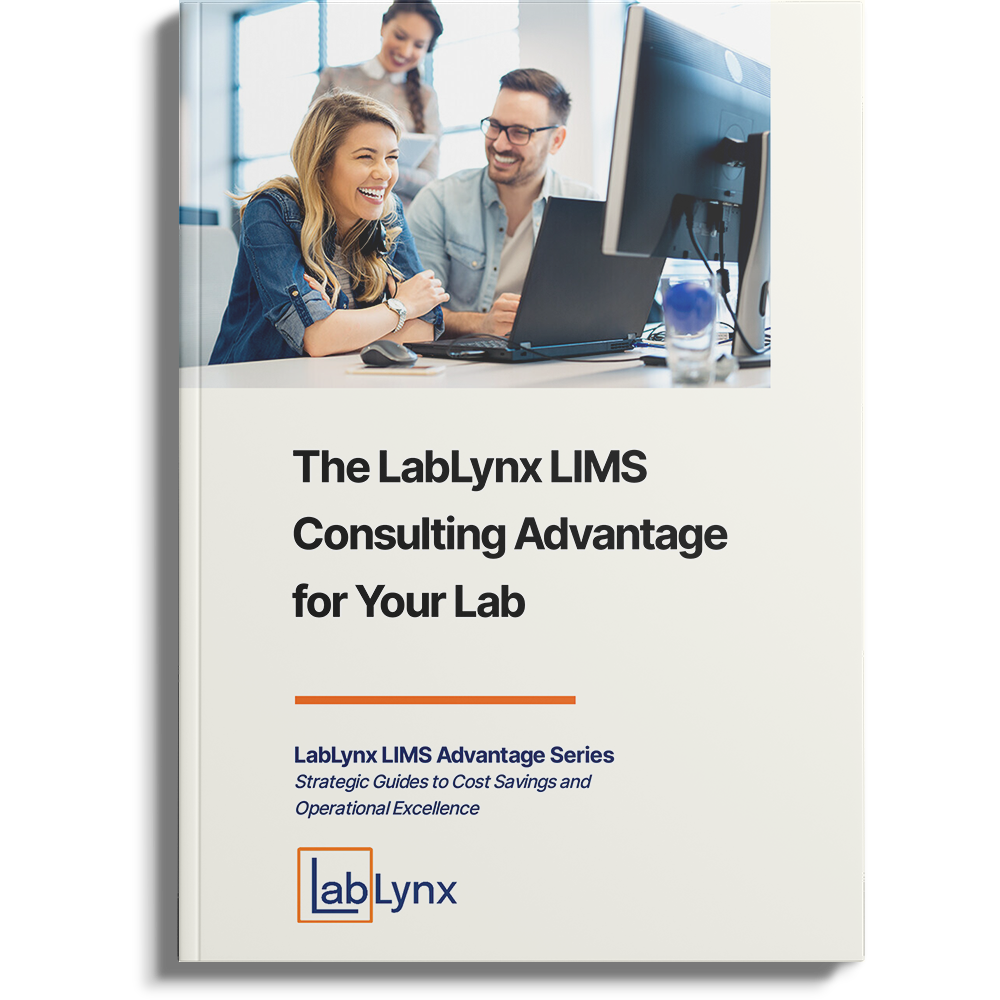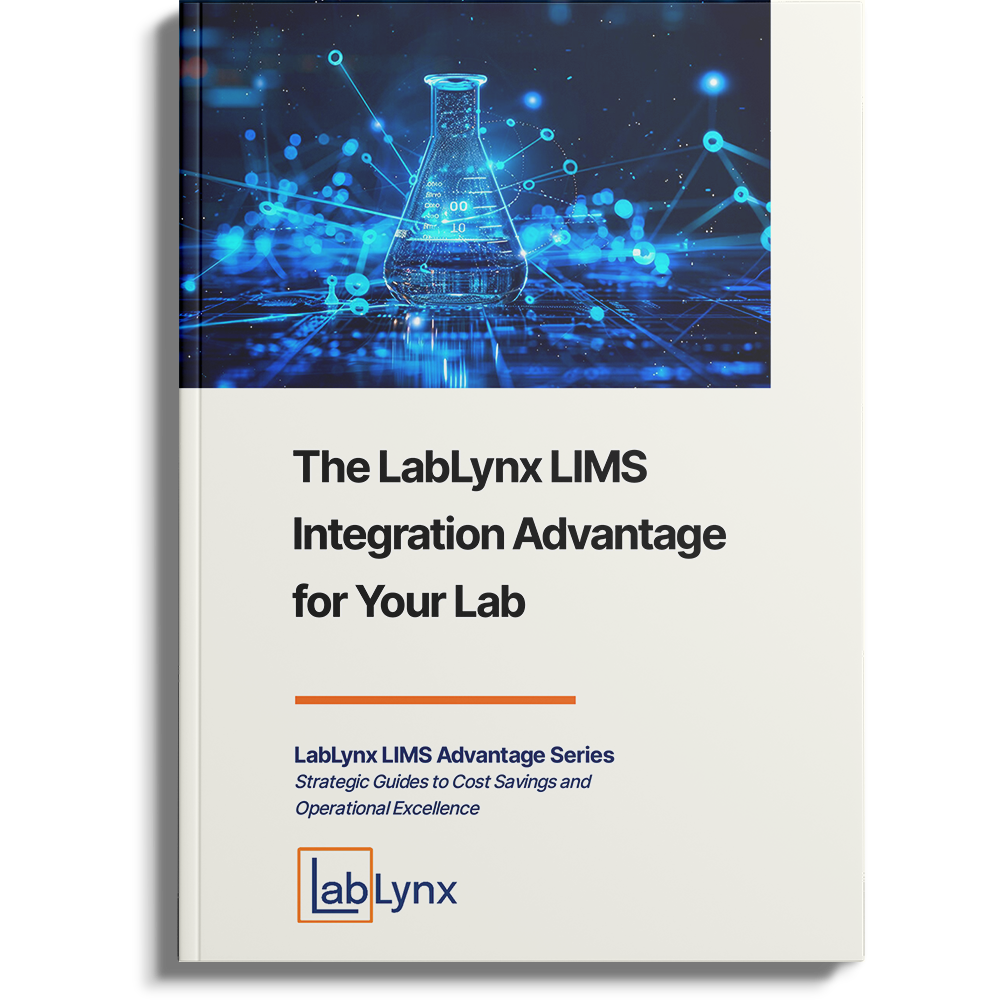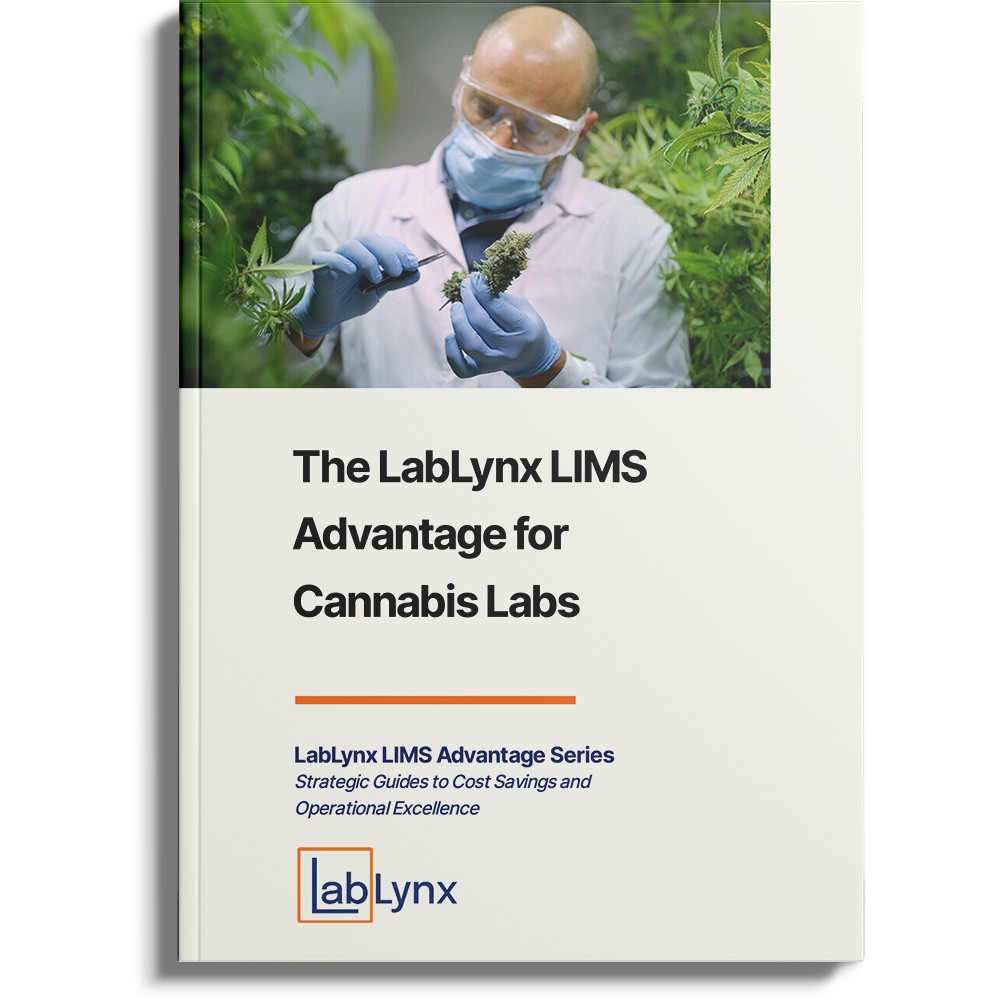
Data is the lifeblood of modern laboratories, driving critical decisions, ensuring compliance, and supporting scientific advancements. However, as laboratories grow and evolve, they often find themselves grappling with a complex web of disparate data sources, outdated systems, and inefficient processes. This chaos can hinder productivity, compromise data integrity, and increase operational costs. Enter Laboratory Information Management Systems (LIMS)—a transformative solution designed to bring order from chaos, especially when it comes to data migration.
In this article, we’ll explore how LIMS data migration can streamline your lab’s operations, ensure data integrity, and set the foundation for future growth. We’ll delve into the challenges of migrating data, the benefits of a successful migration, and how LabLynx LIMS can make this process seamless and efficient.
The Challenge of Data Chaos in Laboratories
Laboratories generate vast amounts of data daily, ranging from sample information and test results to inventory and compliance records. Over time, this data accumulates across various platforms, including spreadsheets, legacy systems, and even paper records. The result? A fragmented data landscape that is difficult to manage, prone to errors, and vulnerable to compliance risks.
This chaotic data environment poses several challenges for lab management:
- Data Silos: Different departments within a lab may use separate systems, creating data silos that hinder collaboration and data sharing.
- Inconsistent Data: Disparate data sources often lead to inconsistencies, making it difficult to maintain data integrity and reliability.
- Manual Processes: Reliance on manual data entry and management increases the risk of human error, leading to inaccuracies and inefficiencies.
- Compliance Risks: Labs must adhere to stringent regulatory standards, and chaotic data management can make compliance audits daunting and error-prone.
The solution to these challenges lies in the implementation of a LIMS, which centralizes data management and brings order to the chaos. However, the process of migrating existing data into a LIMS can be complex and requires careful planning and execution.
What Is LIMS Data Migration?
LIMS data migration is the process of transferring data from various sources—such as legacy systems, spreadsheets, and databases—into a new or upgraded LIMS platform. This process involves extracting, transforming, and loading data (ETL) to ensure that it is accurate, consistent, and ready for use in the new system.
While data migration is a critical step in the implementation of a LIMS, it is not without its challenges. Labs must carefully plan and execute the migration process to avoid data loss, minimize downtime, and ensure that the new system meets their operational needs.
Key Steps in the LIMS Data Migration Process
Successful LIMS data migration requires a structured approach, including the following key steps:
- Assessment and Planning:
- Begin by assessing your current data landscape, identifying the sources of data, and understanding the data structure. This assessment will help you determine the scope of the migration and identify potential challenges.
- Develop a migration plan that outlines the timeline, resources, and tasks required for the migration. Include a risk management plan to address potential issues that may arise during the process.
- Data Mapping and Cleansing:
- Map the existing data fields to the corresponding fields in the new LIMS. This step ensures that data is accurately transferred and stored in the correct format.
- Cleanse the data by removing duplicates, correcting errors, and standardizing formats. Data cleansing is crucial for maintaining data integrity and ensuring that the new system operates smoothly.
- Data Extraction, Transformation, and Loading (ETL):
- Extract data from the source systems, transform it into the required format, and load it into the LIMS. The ETL process should be automated where possible to reduce the risk of errors and improve efficiency.
- Validation and Testing:
- Once the data is loaded into the LIMS, validate it to ensure that it has been accurately transferred and that there are no discrepancies. Perform thorough testing to verify that the LIMS functions as expected and that all data is accessible and correct.
- Training and Go-Live:
- Train your staff on the new LIMS, focusing on data management processes and system functionalities. Proper training is essential for maximizing the benefits of the new system.
- Go live with the new LIMS, ensuring that all data is fully functional and accessible. Monitor the system closely during the initial stages to address any issues that may arise.
Benefits of Successful LIMS Data Migration
A successful LIMS data migration brings numerous benefits to your laboratory, transforming chaos into order and setting the stage for future success:
- Centralized Data Management: A LIMS centralizes all your lab’s data into a single, unified platform, making it easier to access, manage, and share information. This centralized approach eliminates data silos and enhances collaboration across departments.
- Improved Data Integrity and Accuracy: By automating data entry and management processes, a LIMS reduces the risk of human error, ensuring that your data is accurate, consistent, and reliable. This improved data integrity supports better decision-making and enhances the quality of your lab’s outputs.
- Enhanced Compliance and Reporting: A LIMS simplifies compliance by automating documentation, audit trails, and reporting processes. With all your data centralized and easily accessible, you can confidently meet regulatory requirements and streamline compliance audits.
- Increased Efficiency and Productivity: Migrating to a LIMS streamlines workflows by automating routine tasks, reducing manual data entry, and optimizing resource utilization. These efficiencies translate into increased productivity, allowing your lab to deliver results faster and more cost-effectively.
- Scalability and Flexibility: As your lab grows, so do your data and operational needs. A LIMS is highly scalable, allowing you to add new functionalities, users, and instruments as your lab expands. This scalability ensures that your lab remains agile and adaptable in a dynamic scientific landscape.
Why Choose LabLynx for Your LIMS Data Migration?
At LabLynx, we understand that data migration is a critical step in the successful implementation of a LIMS. Our team of experts has extensive experience in managing complex data migrations, ensuring that your transition to a new LIMS is seamless and stress-free. We work closely with you to develop a tailored migration plan that meets your lab’s specific needs, minimizes downtime, and maximizes the benefits of your new LIMS.
LabLynx LIMS offers a comprehensive suite of features designed to bring order to your lab’s data management processes. From robust data integration capabilities to powerful reporting and analytics tools, our LIMS solutions are built to support your lab’s success.
Conclusion: Transforming Chaos into Order with LIMS Data Migration
LIMS data migration is more than just a technical process; it’s an opportunity to transform your lab’s operations and bring order to the chaos of fragmented data systems. By centralizing your data, improving data integrity, and streamlining workflows, a successful LIMS data migration can unlock new levels of efficiency, compliance, and productivity for your lab.
Don’t let chaotic data management hold your lab back. Partner with LabLynx for a seamless LIMS data migration experience that sets the stage for future growth and success. Contact us today to learn more about how we can help you bring order from chaos with our industry-leading LIMS solutions.




